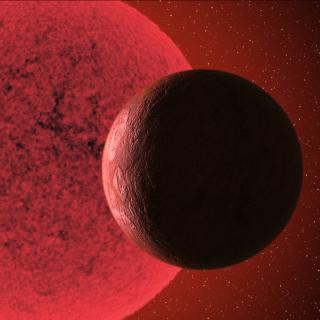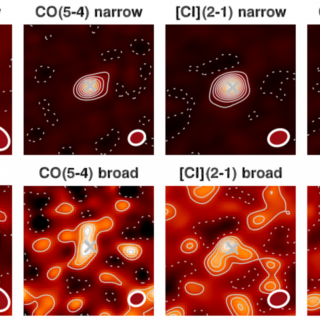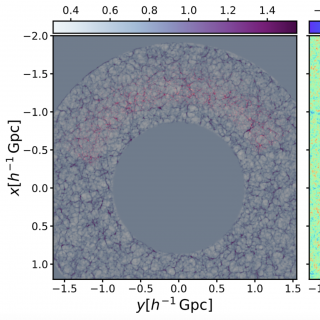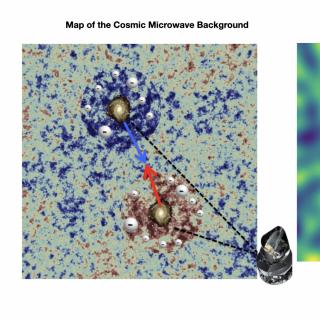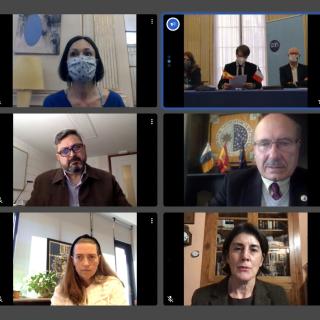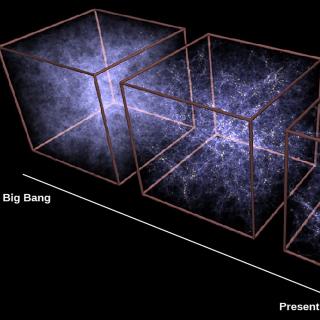
The detection of the axion would mark a key episode in the history of science. This hypothetical particle could resolve two fundamental problems of Modern Physics at the same time: the problema of Charge and Parity in the strong interaction, and the mystery of dark matter. However, in spite of the high scientific interest in finding it, the search at high radio frequency -above 6 GHz- has been almost left aside for the lack of the high sensitivity technology which could be built at reasonable cost. Until now.
Advertised on
